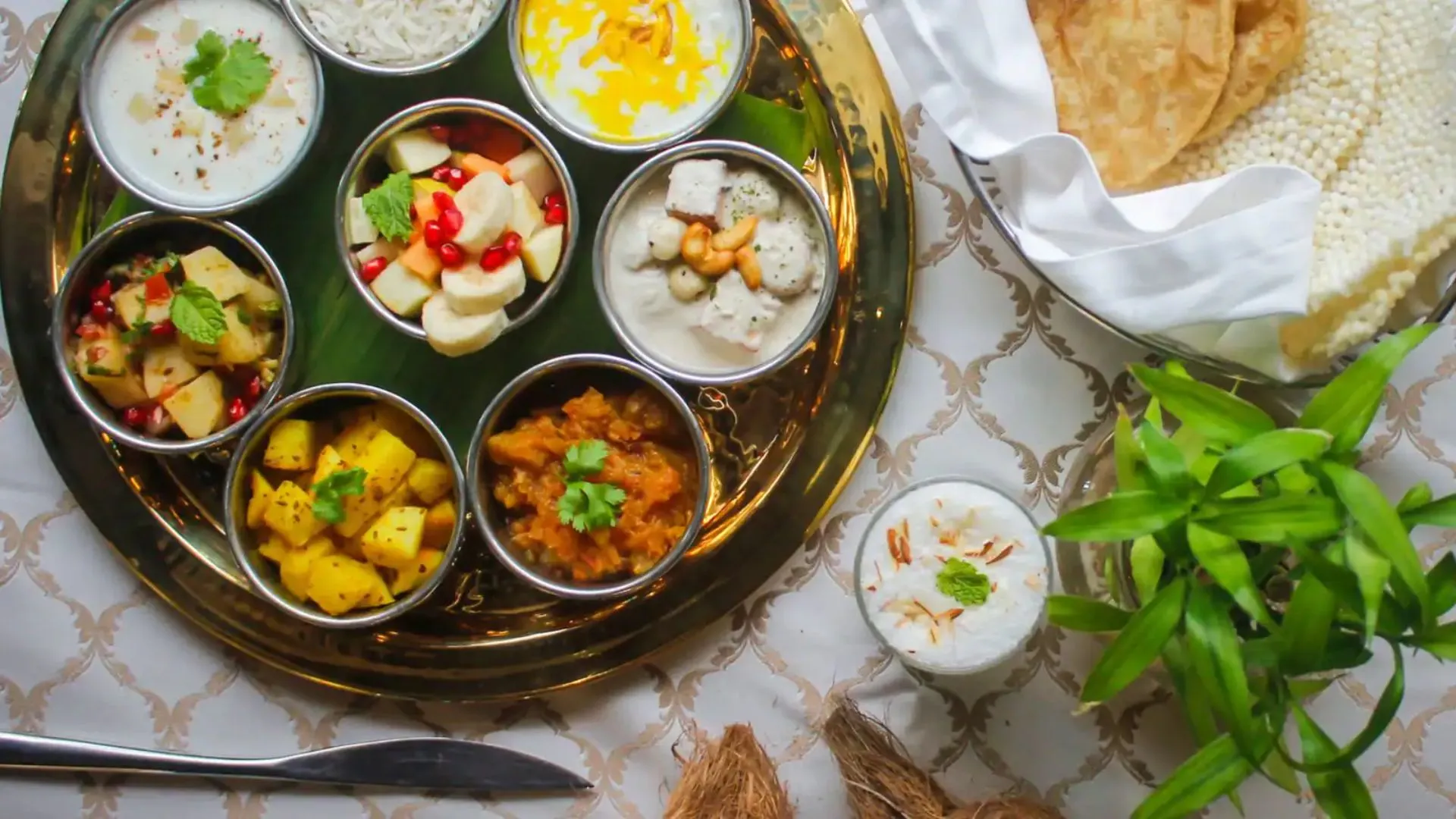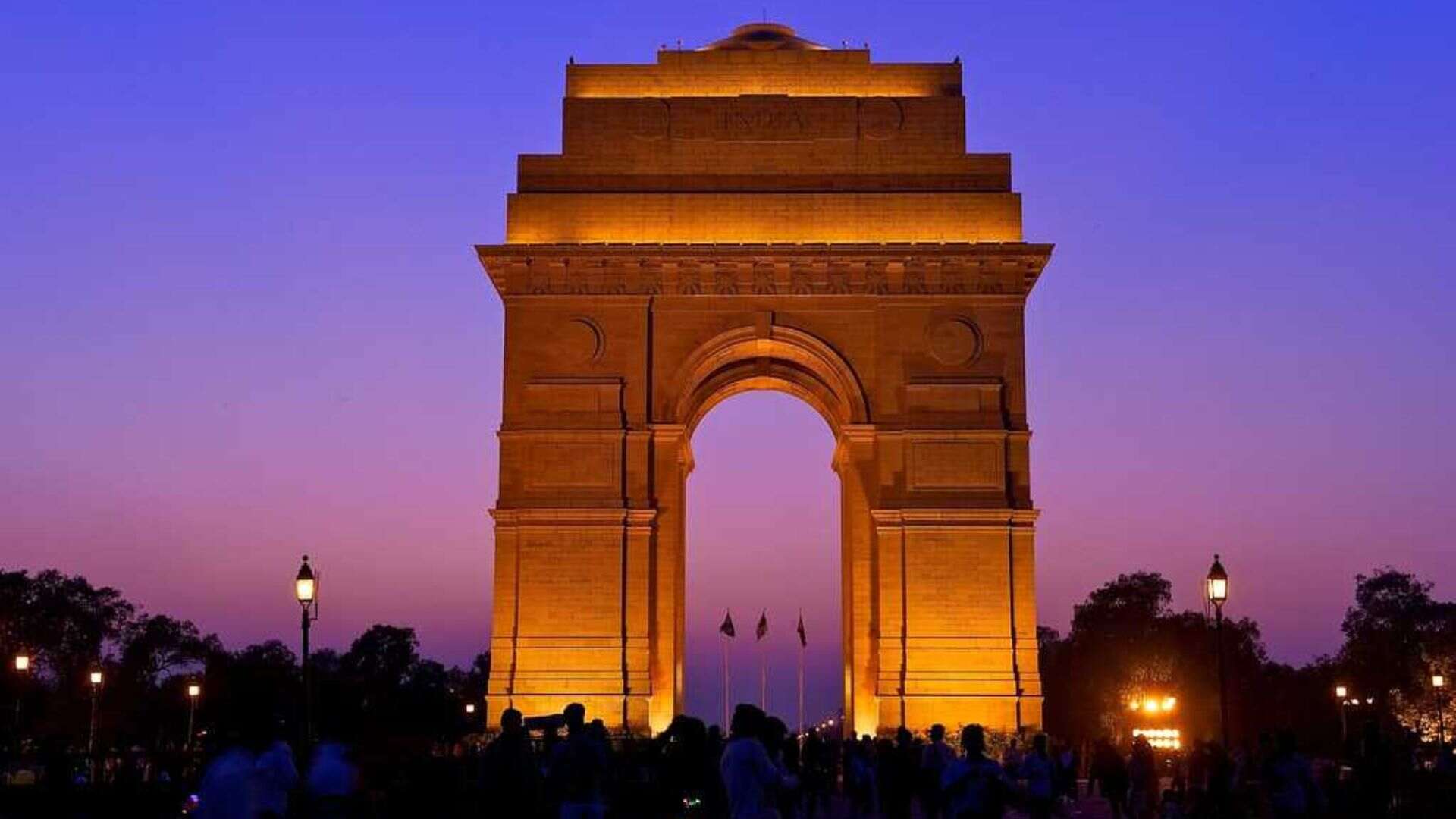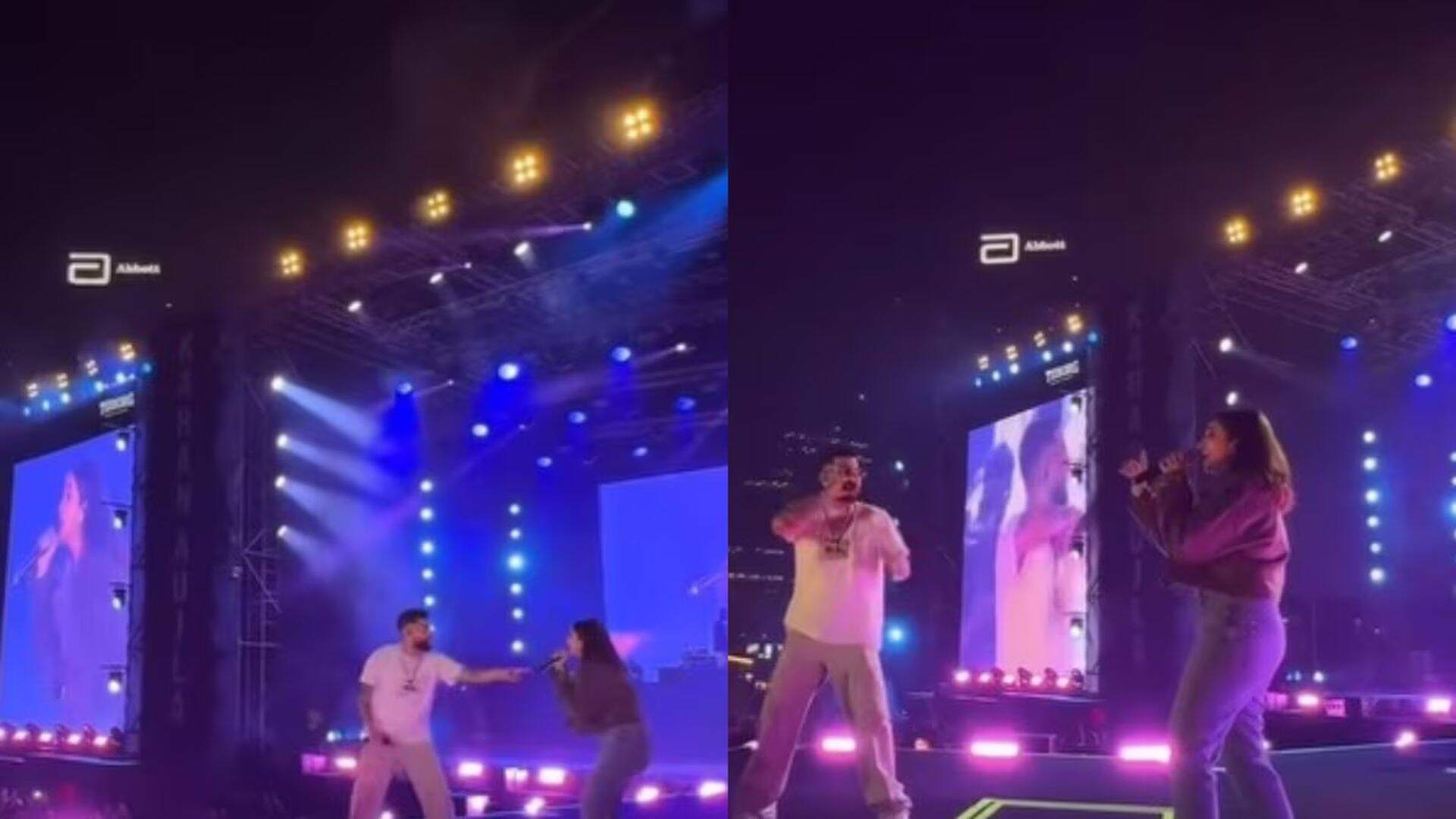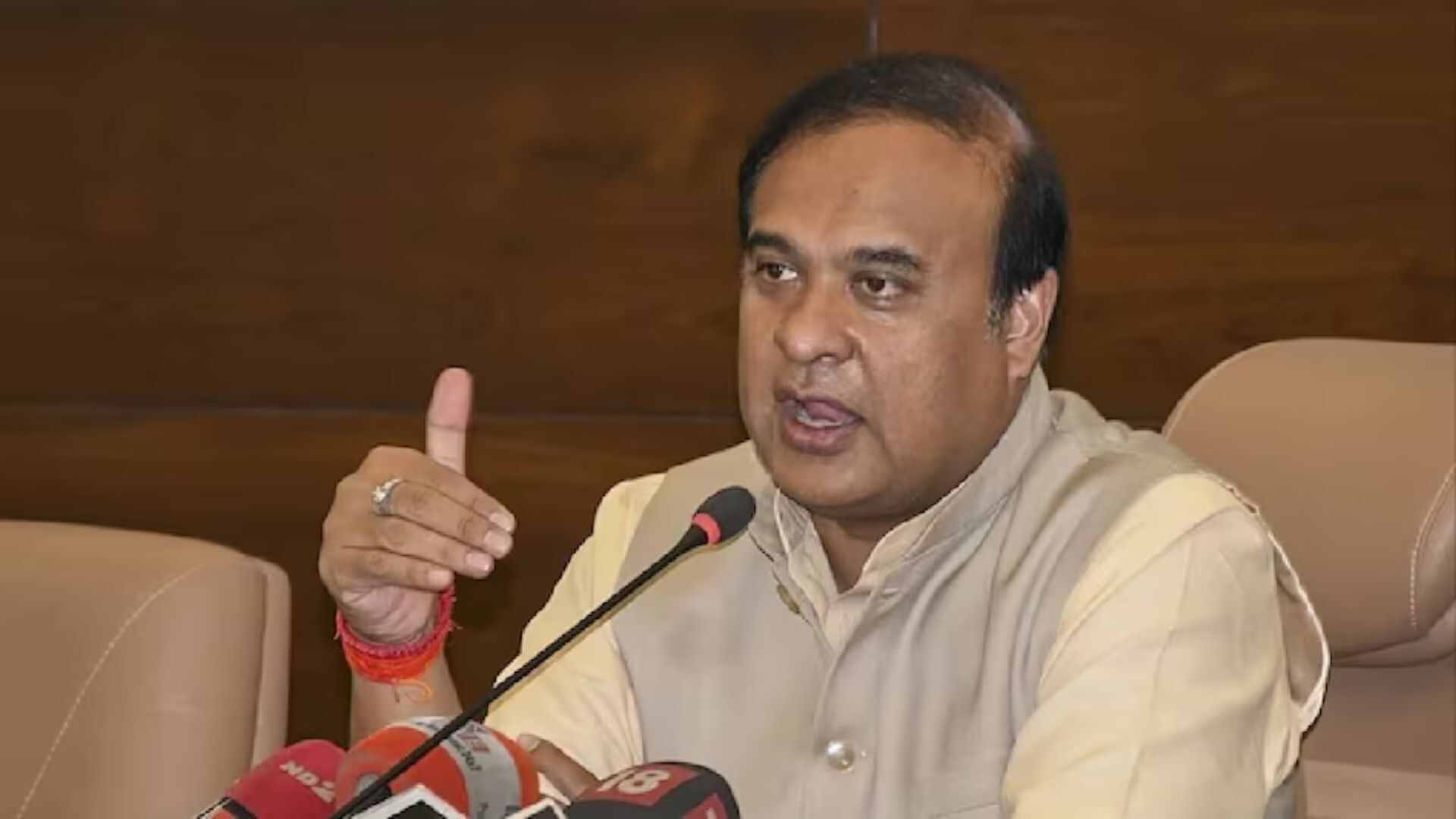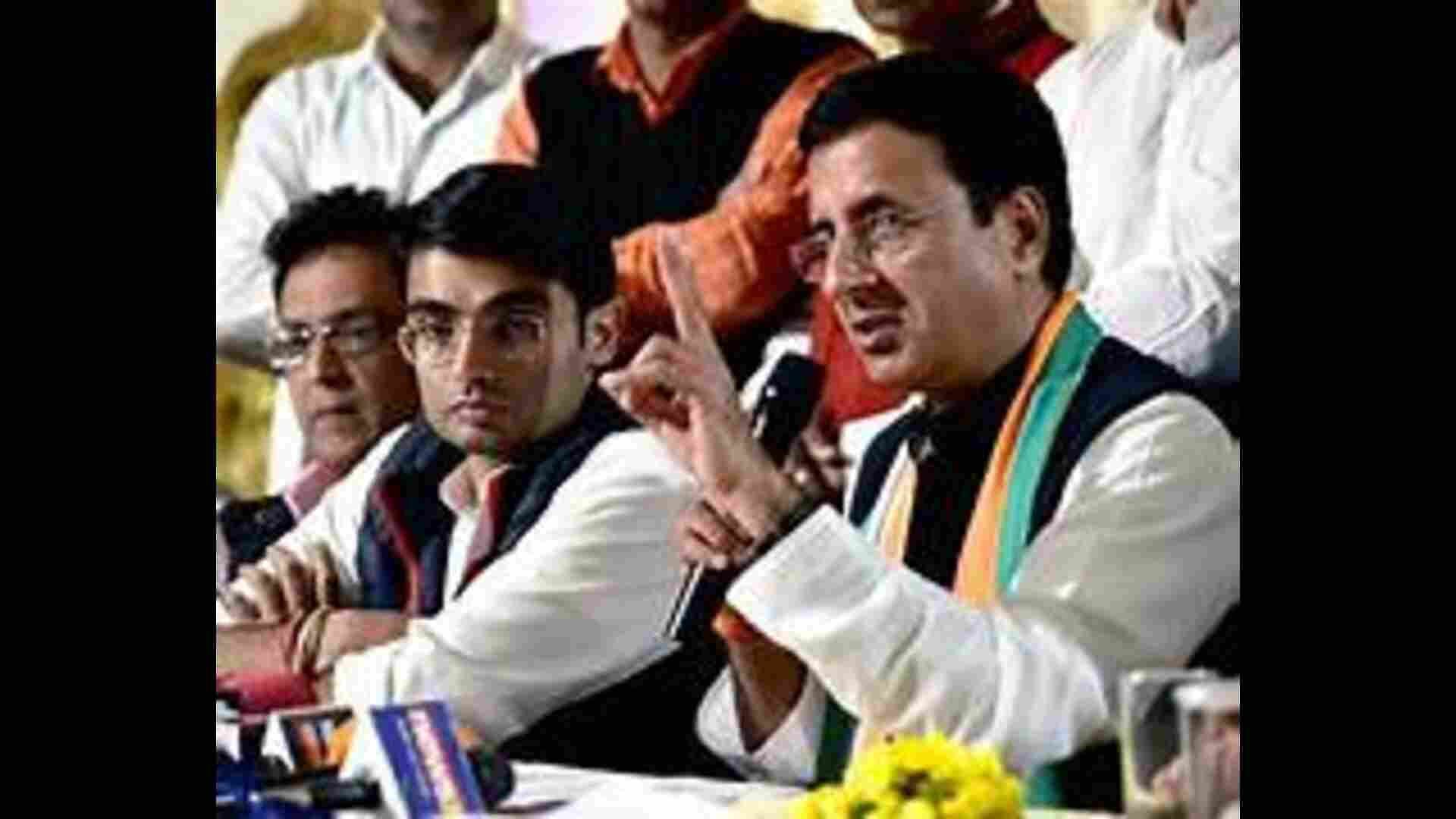Fasting on Janmashtami is an integral part of the celebrations, involving day-long prayers, devotional songs, and recitations of sacred texts like the Bhagavad Gita and Krishna Leela.
Janmashtami is a major Hindu festival marking the birth of Lord Krishna. It falls on the eighth day of the dark fortnight in the Bhadrapada month, which typically falls in August or September. This year, Janmashtami will be observed on August 26, 2024 (Monday). The term “Janmashtami” combines “Janma” (birth) and “Ashtami” (the eighth day according to the Hindu calendar). The festival is celebrated with great enthusiasm, especially in Mathura, Krishna’s birthplace, and in Vrindavan, where he spent his early years.
A key aspect of Janmashtami is the fasting tradition, seen as a means to purify both body and mind. The specifics of fasting can vary based on regional practices and personal beliefs, but all forms are rooted in devotion and reverence.
Types of Fasts
Devotees generally observe one of two primary types of fasts on Janmashtami:
- Nirjala Fast: This is the most stringent form, where participants abstain from both food and water for the entire day. The fast is traditionally broken at midnight, believed to be the time of Krishna’s birth, after performing prayers and aarti.
- Phalahar Fast: For those who find the Nirjala fast too challenging, the Phalahar fast allows for the consumption of fruits, milk, and water. Devotees following this fast avoid grains, legumes, and certain vegetables like onions and garlic, adhering instead to a Sattvic (pure) diet.
Dietary Restrictions
During Janmashtami fasting, specific foods are generally avoided. Devotees refrain from eating grains, pulses, rice, and regular salt. Instead, they opt for non-cereal alternatives such as buckwheat flour (kuttu ka atta), amaranth flour (rajgira ka atta), and water chestnut flour (singhare ka atta). Rock salt (sendha namak) is used in place of regular salt.
Permissible Foods
- Fresh fruits like bananas, apples, and pomegranates
- Dairy products including milk, yogurt, paneer, and butter
- Root vegetables such as potatoes and sweet potatoes, often featured in vrat (fasting) dishes
- Nuts and seeds, which provide energy and nutrients during the fast
Rituals and Breaking the Fast
Fasting on Janmashtami is accompanied by prayers, bhajans, and recitations of the Bhagavad Gita or Krishna Leela. Many devotees visit temples, where the birth of Krishna is celebrated with great devotion.
The fast is traditionally concluded at midnight, symbolizing Krishna’s birth. This ritual involves offering prepared food to Krishna and then partaking in the Prasad. Devotees believe that observing the fast and performing these rituals with sincerity brings them closer to Lord Krishna, seeking his blessings for prosperity and spiritual growth.

